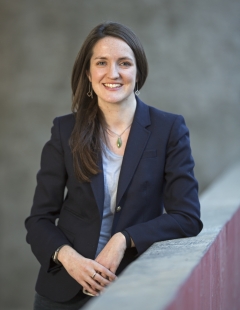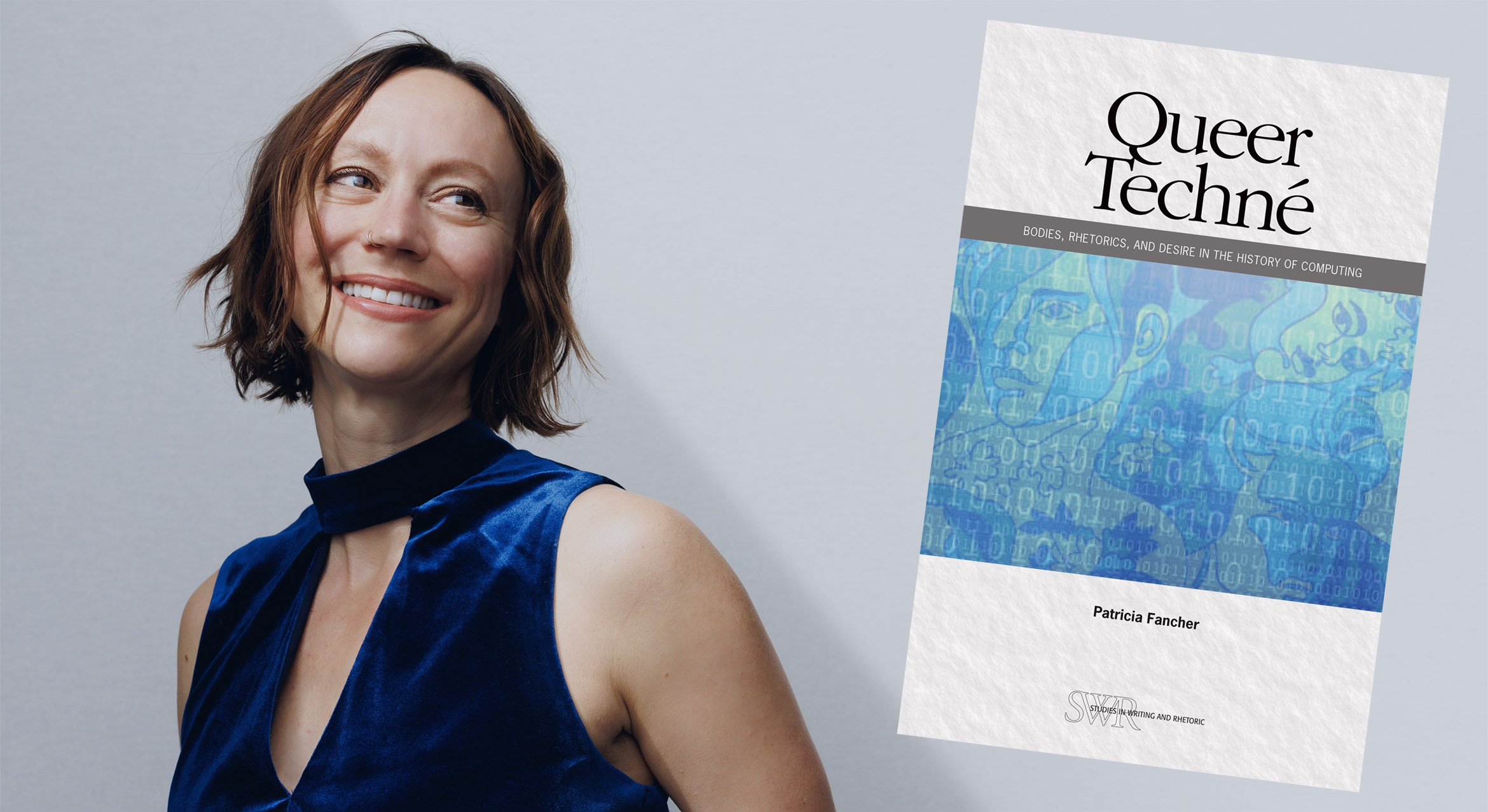Mourning widows helped preserve postwar German art music
During Germany’s postwar era, funeral processions and eulogies for the country’s greatest composers were typically politicized affairs, grandly orchestrated by the state, with little space for the grieving family. But though public mourning was widely stifled, many composers’ widows found that archiving the musical legacies of their late husbands went hand-in-hand with processing grief.
To support scholarly research on the topic, the National Endowment for the Humanities (NEH) has granted a summer stipend to Martha Sprigge, an associate professor of musicology in the Department of Music at UC Santa Barbara. Sprigge’s project, “Musical Widowhood and the Gendered Labor of Mourning in Postwar Germany,” also received funding from the American Philosophical Society (APS).
“I’m thrilled that the NEH and APS decided to fund a project that foregrounds women’s labor in its many manifestations, including musical, archival, emotional and relational,” said Sprigge (pictured), who grew up playing violin and piano, and has studied music history in Berlin. “I’m excited to return to research sites in Germany and Europe after not being able to travel because of the pandemic.”

While researching her first book, “Socialist Laments: Musical Mourning in the German Democratic Republic” (Oxford University Press, 2021), Sprigge discovered a folder of letters labeled “widows correspondence” in the archive of the former East German Academy of the Arts in Berlin. The letters piqued her interest in the healing bonds of continuity that widows had established as they cataloged and preserved musical recordings and related family ephemera.
As a case study, Sprigge plans to explore the archive of Paul Dessau, who was the most famous East German composer at the time of his death in 1979. Dessau’s widow, choreographer and director Ruth Berghaus, was equally famous — perhaps even more so, according to Sprigge — and negotiated the rights to the late composer’s archive. Dessau and Berghaus had worked closely together, with Berghaus choreographing several of his operas and Dessau dedicating several pieces of music to Berghaus over their 25-year relationship.
“By taking the widows’ archiving work seriously you realize who was behind the scenes bolstering the careers and persevering the work of these famous composers,” Sprigge said. “In the case of Berghaus, you can gain a new layer of appreciation for Dessau’s music because she was a muse and co-creator. There is a lot of work involved in creating legacies, and the widows are doing most of the heavy lifting.”
Keith Hamm
Social Sciences, Humanities & Fine Arts Writer
keithhamm@ucsb.edu



